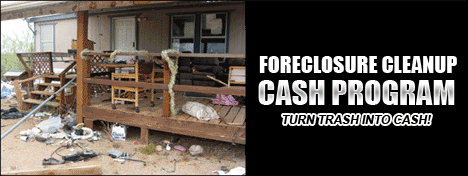It seems that when trying to create bulletin boards that are related to history it is very difficult to come up with ideas that will get students involved with the bulletin board. This article centers on an idea for a bulletin board on the American Revolution. The assignment was to be completed with a partner. Well, my partner and I chose to do a bulletin board on the American Revolution. We went to a shop called School Tools in our local area and picked out a kit for creating a bulletin board. The only problem was that the kit did not provide for much student interaction. The kit included pre-cut place cards about famous revolutionary people, events, documents, history, and maps. The only thing required of the student was they were to read the various place cards. This was a good start on the bulletin board.
Project Management Standard Program My answer to the student interaction question came from another local shop called the Flag Center and their field representative Maria Jarvis. The Flag Center has four inch by 6 inch replicas of American Revolutionary War Flags from both the American and British side of the war. Between the 2 of us we came up with twentyfour different flags. These flags were to be placed within reach of students on the bulletin board. Under the fabric of the flag, the flag\'s name would be placed on a strip of paper. These strips could be laminated before cutting them out so they would last longer. These descriptions would be placed so that it was obvious which flag the description was talking about. The idea would be that students would read the descriptions and histories and try to guess the name of the flag. When the student had a guess then they could lift the flags fabric and the name of the flag would be revealed.
The information for the descriptions and histories of the flags came from 3 different sources. The first source was Maria Jarvis the field representative for The Flag Center. Maria is involved in Rendezvous activities that are re-enactment groups during the period of history between the Revolutionary War to just before the Civil War. She has been learning and studying flags and their histories in order to publish a piece of work on the subject. The second source of information was a couple of excellent internet sites. This particular internet site listed pertinent information and has color representations of a number of Revolutionary War flags.
For example, a number of fun learning games can be instituted at the end of a unit on the Revolutionary or Civil War as a fun extension of the bulletin board. The teacher can pass out the descriptions to the students, then read out the flag names. The idea would be for the student with the correct description to stand up. If more than one student stands up, a discussion of which description is the correct one could ensue. At the end of the discussion a vote could be had in order for the class to decide which one they think is correct.
This process can also be reversed, in which the teacher could hand out the flag names to students and read the descriptions. The teacher could also divide the class in half and pass out descriptions to one half and flag names to the other half. Each half could then take turns reading either the flag name or the description while the other half decides which flag or description fits with what is read. Points would be awarded to the half that correctly identifies the flag or description. This could also be something that could be done prior to taking a final examination in order to help students creatively prepare for such an exam. It could be possible by examining the history of Gustave Klimt. orFake Watch is not only a relevant store, but living history. So if you\'re into history you will want to try these fun learning games, you will learn and have fun, guaranteed

No comments:
Post a Comment